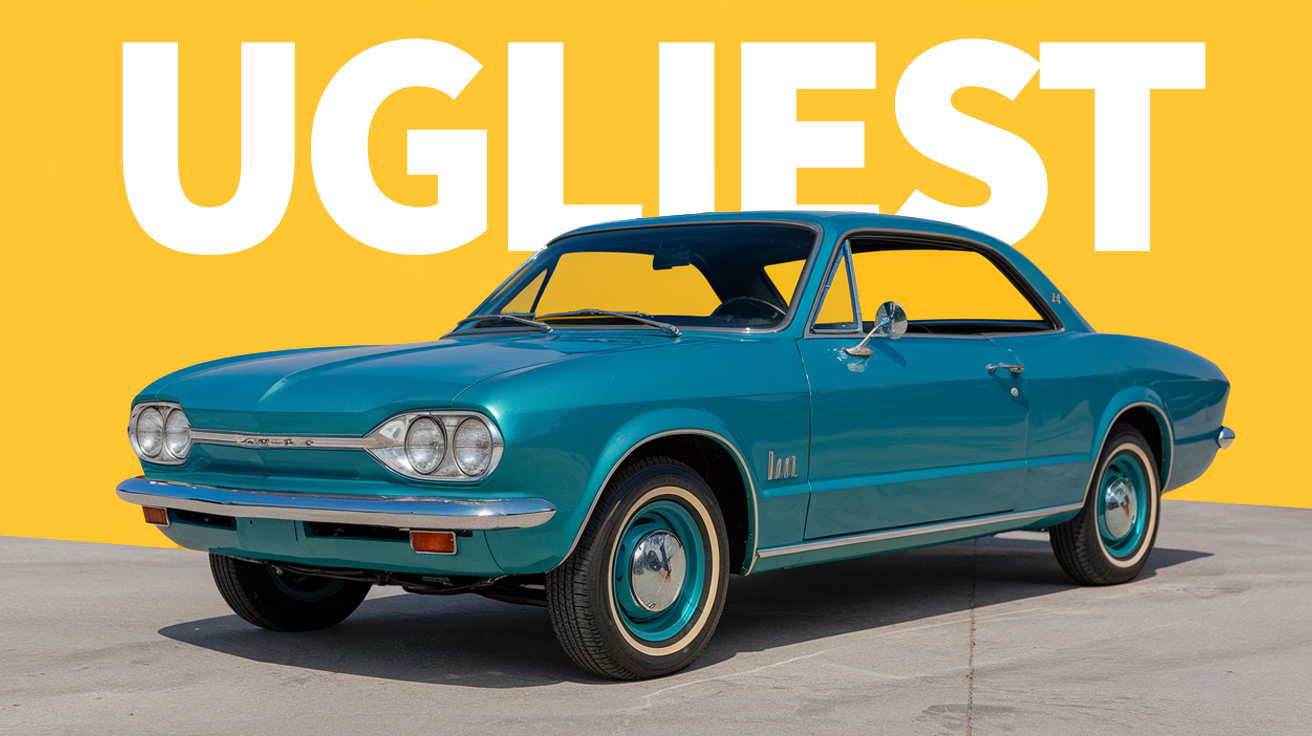Have you ever wondered why some 1960s cars make us cringe? These automotive eyesores tell a fascinating story of bold experimentation gone wrong. Designers reached for futuristic visions but created spectacular misses like the bug-eyed AMC Javelin and brick-shaped Buick Riviera.
These ugly ducklings taught valuable lessons in design and engineering.
18. 1962 Studebaker Avanti (Exterior)

The 1962 Studebaker Avanti broke conventional design barriers with its distinctive fiberglass body and forward-thinking aesthetic. Designed by Raymond Loewy’s team in just 40 days, this personal luxury car established a silhouette that remains instantly recognizable decades later. Innovation defined the Avanti through features like a built-in roll bar, padded dashboard, and front disc brakes—making it the first American production car with this advanced braking system.
1962 Studebaker Avanti (Interior)

Performance came from the potent 289 V8 engine, available in supercharged R2 and R3 variants that delivered impressive acceleration figures. When you spot an Avanti at a classic car show today, you’re witnessing more than a car—you’re seeing the last bold statement from a dying company that refused to disappear quietly. And speaking of disappearing, check out the 14 useless car features that faded into history.
17. 1961 Chrysler Newport (Exterior)

Bold styling defined the 1961 Chrysler Newport as it bridged the transition from the flamboyant 1950s to the more restrained 1960s. Substantial tail fins, a commanding grille, and generous chrome accents projected unmistakable presence on American highways. Under the hood, powerful V8 engine options moved this full-size automobile with surprising authority despite its considerable dimensions.
1961 Chrysler Newport (Interior)

The spacious interior offered genuine comfort with ample legroom, plush seating, and features like power steering that made driving this substantial car remarkably manageable. While its $3,000 price tag made luxury accessible to middle-class families, the Newport’s lasting legacy lies in perfectly capturing that peculiar moment when American automotive design simultaneously looked backward and forward—with enough chrome to blind onlookers either way.
16. 1963 Studebaker Wagonaire (Exterior)

Innovation took center stage with the 1963 Studebaker Wagonaire’s sliding rear roof section, solving practical transportation challenges in an unprecedented way. This distinctive feature allowed owners to transport tall items with a convenience unavailable in any other production vehicle of the era. Engine choices included economical six-cylinder powerplants and more robust V8 options, providing flexibility for buyers with different performance needs.
1963 Studebaker Wagonaire (Interior)

Inside, durable materials and thoughtful storage solutions enhanced the versatility of this unique wagon. Despite its clever design and $2,800 price point, the Wagonaire’s roof mechanism ultimately became its Achilles’ heel—proving that sometimes automotive innovation is like experimental surgery: brilliant in concept but occasionally leaky in execution.
15. 1965 AMC Marlin (Exterior)

When AMC introduced the 1965 Marlin, its distinctive fastback silhouette immediately distinguished it in the personal luxury market. The sweeping roofline and unique proportions represented AMC’s attempt to create a vehicle with both sporting character and family practicality. Power came from several V8 engine options, with displacements ranging from 273 to 327 cubic inches, delivering performance that balanced smoothly with the car’s grand touring aspirations.
1965 AMC Marlin (Interior)

Interior appointments included available bucket seats, console-mounted shifter, and upscale trim that elevated the cabin ambiance above typical AMC offerings. In an era when automotive conformity was becoming the norm, the Marlin’s daring design reminded drivers that individuality still had a place on American roads—even if you had to explain to confused neighbors exactly what you were driving.
14. 1961 Chevrolet Corvair (Exterior)

Few American automobiles generated as much discussion as the 1961 Chevrolet Corvair with its radical rear-engine layout and European-influenced design. Chevrolet’s compact contender featured an air-cooled, flat-six engine mounted behind the rear axle, creating handling characteristics unlike any mainstream American car of the period. The unibody construction contributed to a relatively light 2,300-pound curb weight, enhancing the car’s responsiveness and fuel efficiency compared to traditional domestic automobiles.
1961 Chevrolet Corvair (Interior)

Available in sedan, coupe, convertible, and van configurations, the Corvair platform demonstrated remarkable versatility. While Ralph Nader would later make this $2,000 compact infamous, the Corvair’s greatest achievement was forcing Detroit to acknowledge that American drivers might actually appreciate handling finesse as much as straight-line speed—even if they weren’t quite ready to put the engine where they couldn’t see it.
13. 1960 Plymouth Valiant (Exterior)

Economy and durability defined the 1960 Plymouth Valiant, positioning it as one of America’s most rational compact car choices. At its heart, the innovative slant-six engine developed specifically for this model established a legendary reputation for reliability that would persist for decades. Structural integrity came from the unitized body construction, providing excellent rigidity while minimizing weight and maximizing interior space.
1960 Plymouth Valiant (Interior)
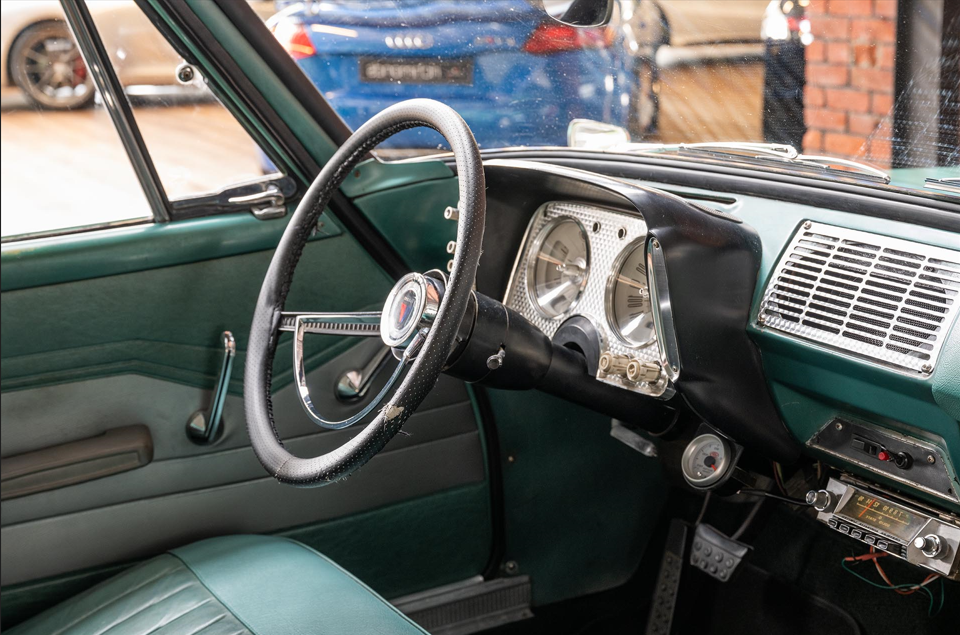
Maintenance simplicity became a key selling point, with accessible mechanical components and straightforward systems that reduced service complexity and cost. If you’ve ever wondered what automotive virtue looks like, this $1,900 Plymouth encapsulated it perfectly—the Valiant wasn’t exciting enough to turn heads, but it was sturdy enough to still be turning corners long after its flashier contemporaries had been towed to the junkyard.
12. 1961 Ford Falcon (Exterior)

As American car preferences began shifting toward more practical transportation, the 1961 Ford Falcon emerged as a sales leader in the growing compact segment. Its clean, understated styling avoided design excesses while providing efficient packaging that maximized interior space within relatively compact exterior dimensions. Powering most Falcons, the 144 cubic inch inline-six engine delivered reliable performance with fuel economy reaching up to 30 miles per gallon in optimal driving conditions—an impressive figure for its era.
1961 Ford Falcon (Interior)

The straightforward mechanical design and widely available parts network made ownership remarkably uncomplicated. You could almost hear the Falcon whispering “substance over style” as its $1,900 price point delivered exactly what a changing America needed—proof that automotive satisfaction doesn’t require flash, just focused functionality and the occasional oil change.
11. 1962 Dodge Dart (Exterior)
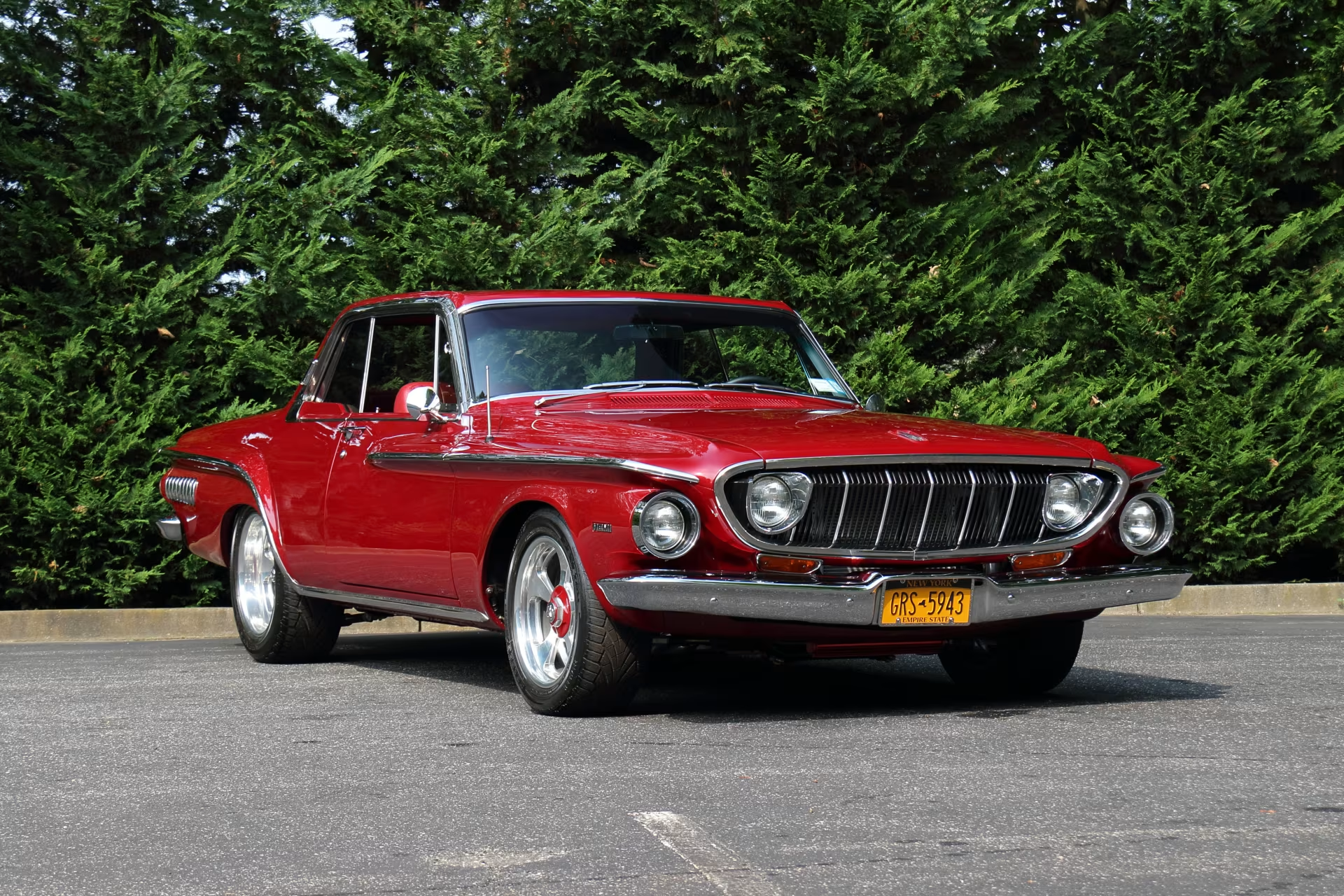
Chrysler Corporation’s entry in the compact car market took form in the 1962 Dodge Dart, delivering no-nonsense transportation backed by proven engineering. The Dart’s mechanical foundation rested on the reliable slant-six engine in either 170 or 225 cubic inch displacements, establishing a powertrain reputation for exceptional longevity. Styling avoided the flamboyance of the previous decade, featuring clean lines and minimal ornamentation that would age gracefully through the decade.
1962 Dodge Dart (Interior)
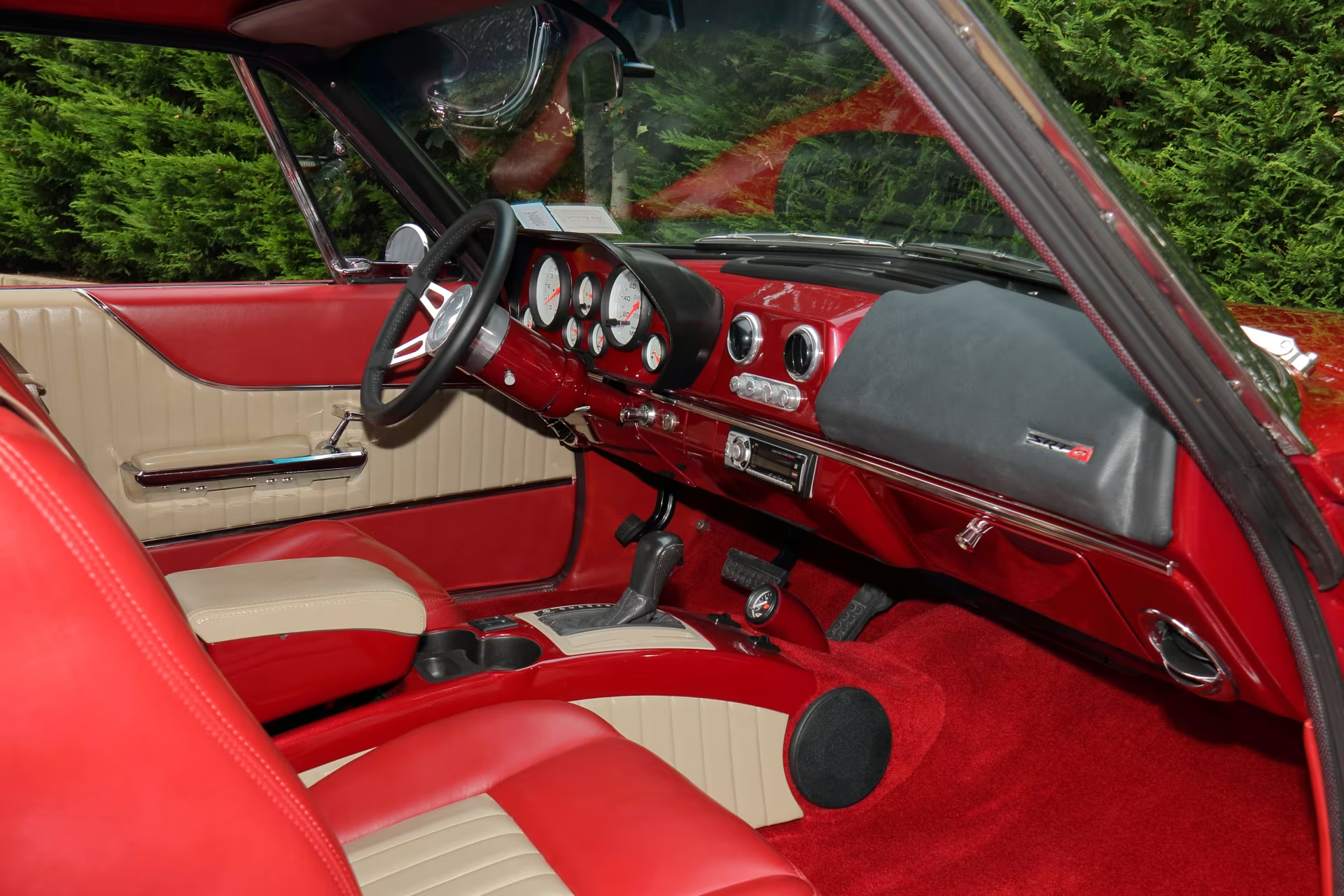
Interior dimensions provided surprising spaciousness, particularly in rear seat legroom where the Dart exceeded many competitors. While never winning beauty contests or drag races, this $2,000 Dodge created something far more valuable—a template for unpretentious dependability that became the automotive equivalent of comfortable shoes you never want to throw away.
10. Rambler American (Exterior)

Practical transportation reached its purest expression in the Rambler American, which prioritized functional efficiency over stylistic flourishes. American Motors built these cars with longevity as a primary design goal, utilizing robust mechanical components and simplified systems that decreased maintenance frequency and complexity. The efficient six-cylinder powerplant delivered adequate performance while achieving fuel economy figures that regularly exceeded 20 miles per gallon—appealing to economy-minded buyers.
Rambler American (Interior)
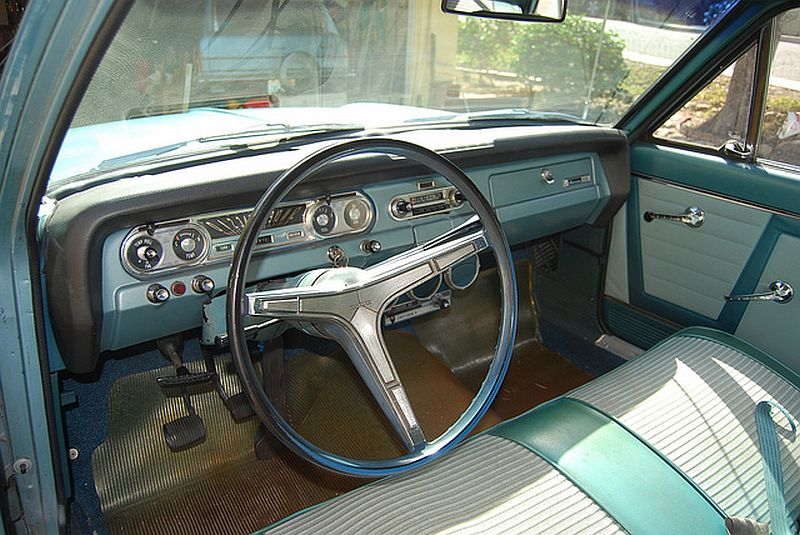
Interior design focused on durable materials and comfortable seating rather than fashionable details, reflecting AMC’s straightforward approach to automobile design. In a decade obsessed with spectacle and excess, the $1,900 American stood as automotive counterprogramming—reminding you that while your neighbor’s chrome-laden land yacht might impress the in-laws, your practical Rambler would still be running when their payments ended and repairs began.
9. 1966 Ford Thunderbird Town Hardtop (Exterior)

Luxury and presence defined the 1966 Ford Thunderbird Town Hardtop, which featured a formal roofline and distinctive proportions that commanded attention on the road. Under the hood, powerful V8 engines ranging from 390 to 428 cubic inches delivered effortless acceleration appropriate for a premium personal luxury car. The cabin showcased upscale materials including thick carpeting, wood-grain accents, and comprehensive instrumentation that created a sophisticated driving environment.
1966 Ford Thunderbird Town Hardtop (Interior)

Modern conveniences included available power windows, air conditioning, and an AM/FM radio that elevated the ownership experience. For $4,700—equivalent to several months’ salary for most Americans—the Thunderbird offered entry into a rarified automotive world where comfort wasn’t just a feature but an entire philosophy, wrapped in sheet metal substantial enough to make lesser cars move aside instinctively.
8. Mercury Cougar (Exterior)
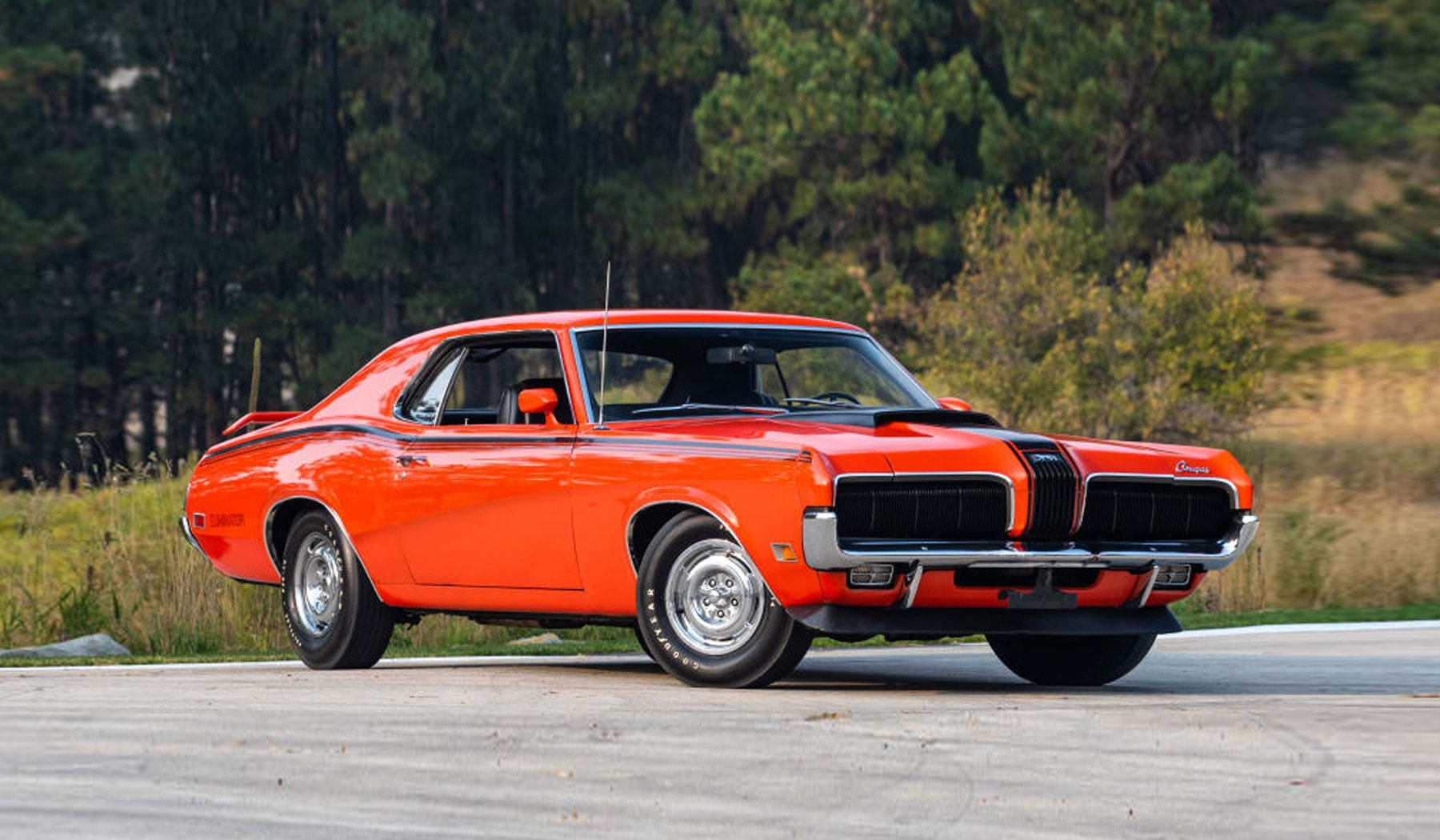
Mercury elevated the pony car concept with its Cougar, which added luxury touches and distinctive styling elements to differentiate it from its Ford Mustang cousin. Unique design features included hideaway headlights, an elegant vertical-bar grille, and sequential rear turn signals that created a more upmarket impression. Interior appointments featured additional sound insulation, higher quality materials, and extra comfort features that justified the Cougar’s premium positioning.
Mercury Cougar (Interior)

Engine options included various V8 powerplants ranging from the base 289 cubic inch version to high-performance variants that delivered impressive acceleration. Beyond its $2,900 starting price, the Cougar’s true achievement was creating a perfect compromise—bringing you pony car excitement without the youthful exuberance that might make your neighbors wonder if you were having a midlife crisis.
7. AMC Javelin (Exterior)

When American Motors entered the pony car segment, the Javelin arrived with unique styling and competitive performance credentials. Engine options spanned from economical sixes to powerful V8s, including the formidable 390 cubic inch powerplant that delivered genuine muscle car acceleration. Inside, the driver-focused cockpit featured deeply recessed gauges, bucket seats, and an available center console that created a sporting atmosphere.
AMC Javelin (Interior)

Performance enthusiasts could select the optional “Go Package” that added handling upgrades, visual enhancements, and performance modifications for more spirited driving. Rather than simply copying its competitors, the $3,000 Javelin demonstrated what American Motors did best—delivering surprising capability within reach of ordinary buyers, allowing you to join the muscle car revolution without requiring a second mortgage.
6. 1965 Pontiac Grand Prix (Exterior)
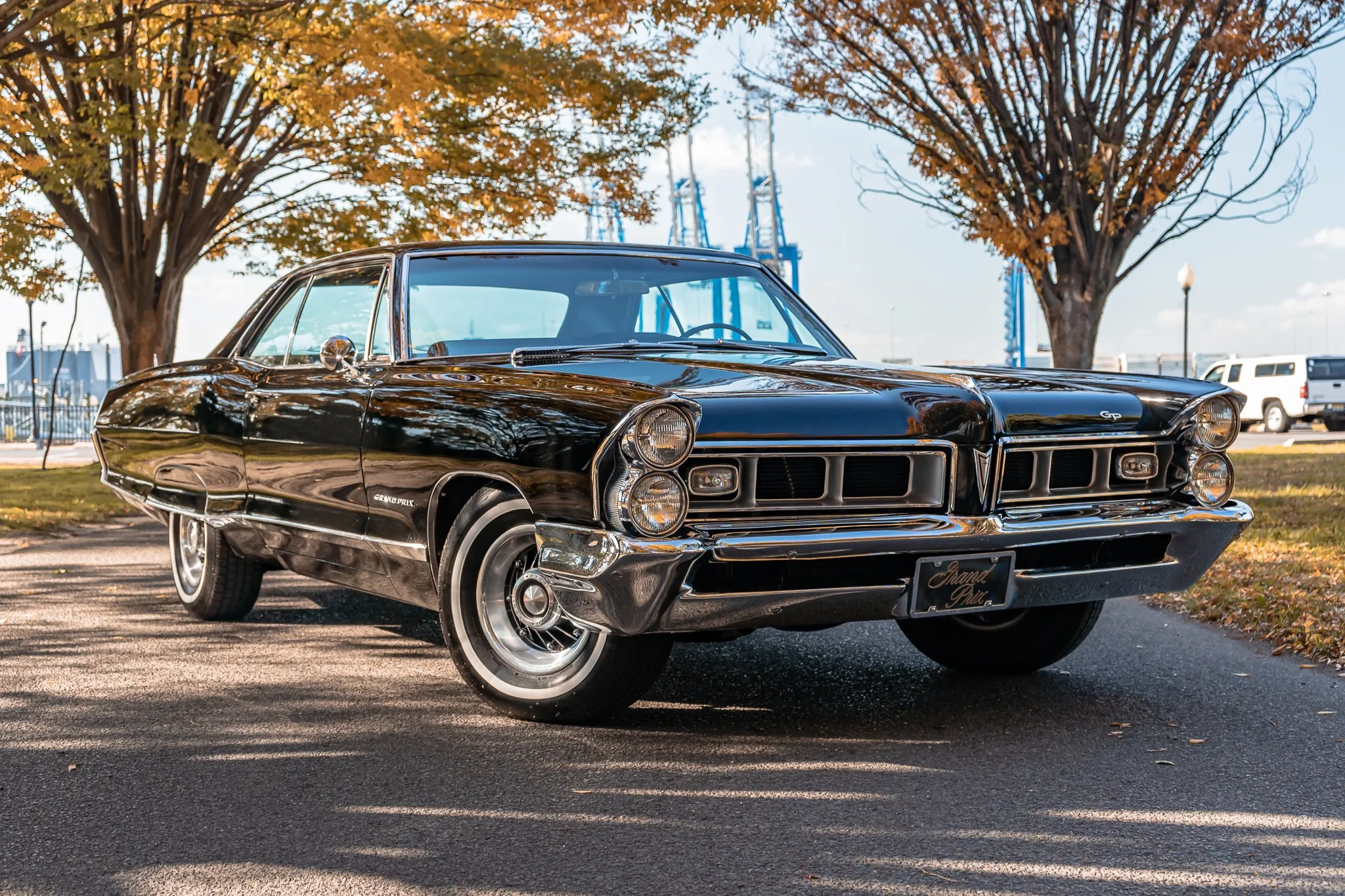
Pontiac’s “Wide Track” design philosophy reached its fullest expression in the 1965 Grand Prix, creating a personal luxury coupe with unmistakable road presence. Standard power came from a 389 cubic inch V8 engine, with optional larger displacements available for those seeking maximum performance. The distinctive interior featured bucket seats and a center console as standard equipment, establishing a driver-focused environment unusual in large American cars of the period.
1965 Pontiac Grand Prix (Interior)
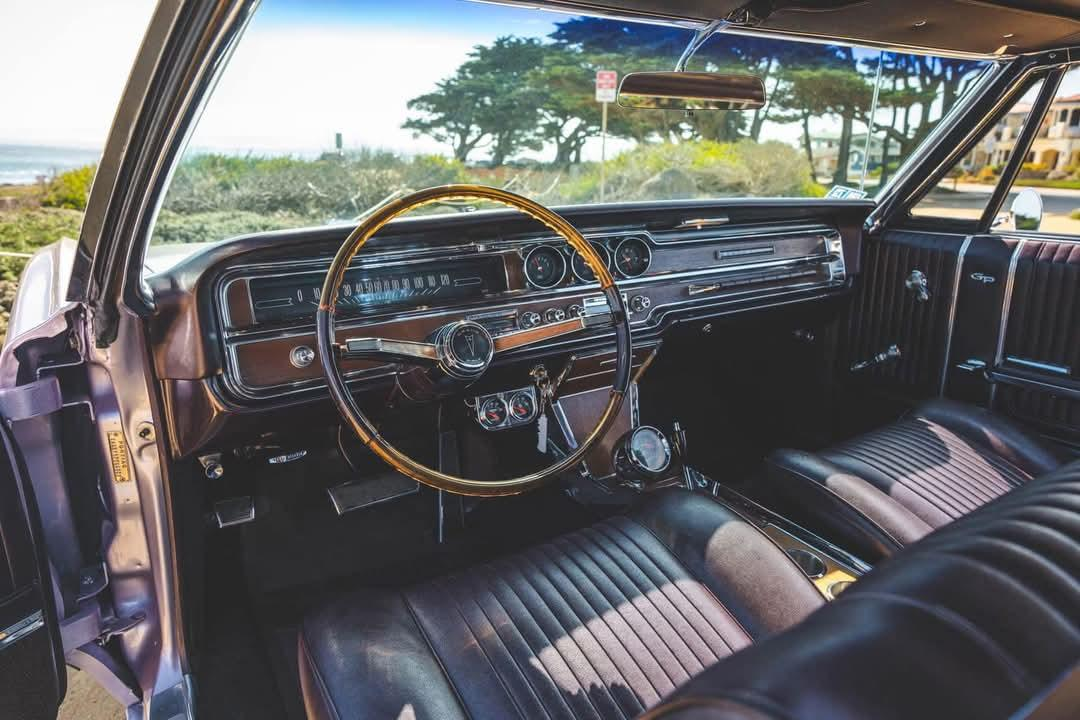
Chassis tuning delivered more engaging handling dynamics than typical luxury cars without sacrificing ride comfort. Priced at approximately $3,500, the Grand Prix embodied the contradictory American desire for both sophistication and swagger—you couldn’t help but feel slightly smug knowing your car could potentially outrun most sports cars while outclassing them with its interior appointments.
5. 1964 Plymouth Barracuda (Exterior)

Just weeks before the Ford Mustang’s introduction, Plymouth launched the 1964 Barracuda with its distinctive fastback profile dominated by an enormous 14.4 square foot wraparound rear window. Based on the Valiant platform but visually differentiated, this early pony car competitor aimed to capture younger buyers seeking style and performance. The interior offered surprising versatility through folding rear seats that created a large cargo area accessible through the massive rear glass.
1964 Plymouth Barracuda (Interior)
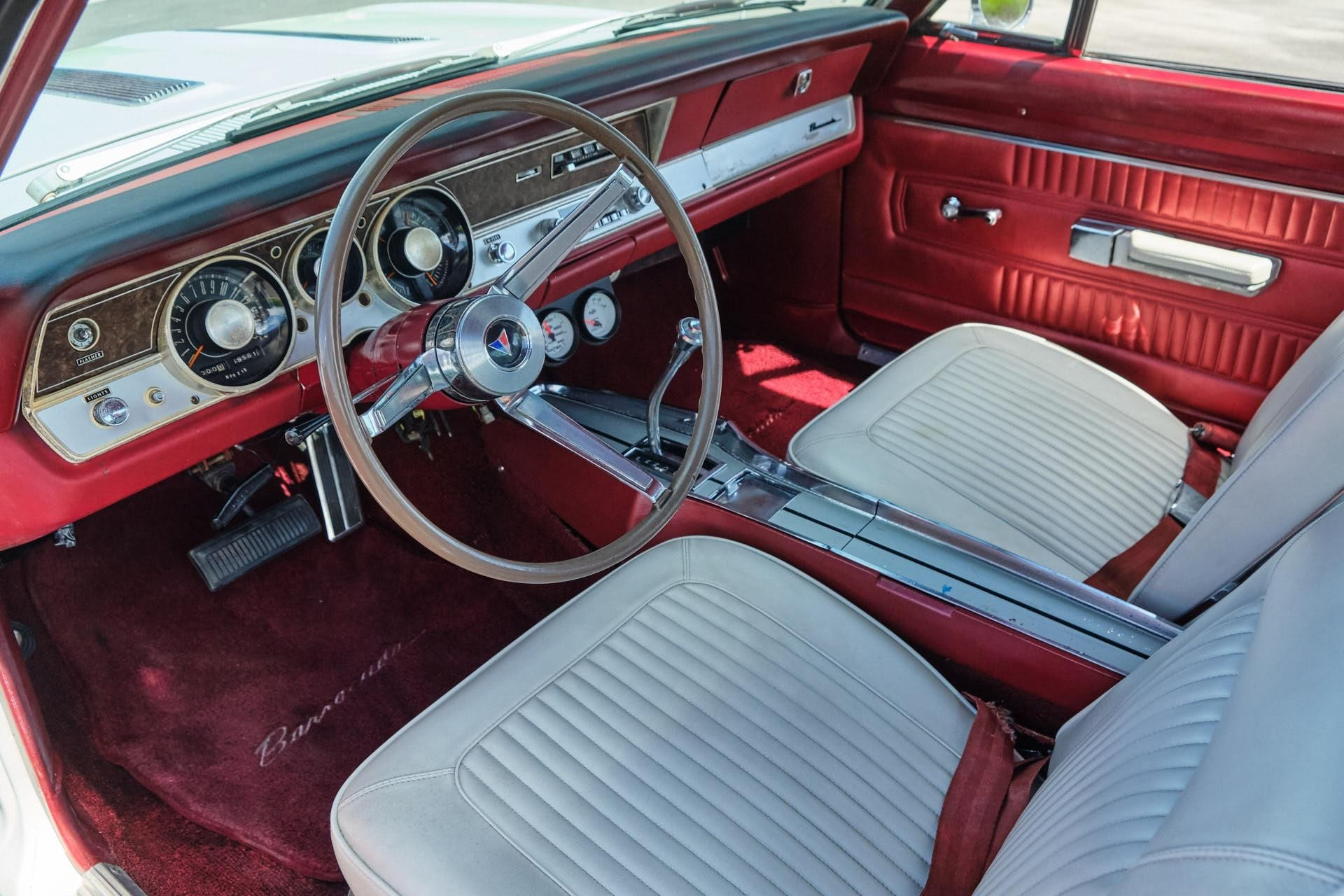
Available powertrains ranged from the economical slant-six to 273 cubic inch V8 options, allowing personalization according to performance expectations and budget. While the Mustang would overshadow its $2,500 competitor, the Barracuda’s massive glass fastback created something Ford couldn’t match—a greenhouse effect that could make summer passengers feel like they were getting a free sauna session along with their sporty car experience.
4. 1967 Rambler Rebel (Exterior)

American Motors combined family-car utility with surprising performance potential in the 1967 Rebel, creating a distinctive position in the mid-sized market. Engine options ranged from economical six-cylinders to powerful V8s, including the potent 390 cubic inch V8 that transformed this family car into a genuine sleeper capable of impressive acceleration. Passenger comfort remained a priority, with space for six occupants and durable interior materials selected for long-term durability.
1967 Rambler Rebel (Interior)

The value proposition became a key selling point, as the Rebel delivered comparable space and features to competitors from larger manufacturers while typically undercutting their prices. What made the $2,800 Rebel truly special wasn’t just its specifications but its dual personality—allowing you to haul the family to church on Sunday and then surprise muscle car owners at stoplights on Monday without changing vehicles.
3. 1968 Oldsmobile Toronado (Exterior)

Engineering innovation defined the 1968 Oldsmobile Toronado, which featured a sophisticated front-wheel-drive system that revolutionized American luxury car design. Power came from a massive 455 cubic inch V8 engine producing 375 horsepower, delivering impressive acceleration despite the car’s substantial size and weight. The drivetrain layout eliminated the traditional transmission tunnel, creating a flat floor that allowed for expansive passenger space and unique interior configurations. Technical sophistication extended to the suspension design, which managed to deliver both comfortable ride quality and respectable handling precision.
1968 Oldsmobile Toronado (Interior)

Beyond its $4,600 price tag, the Toronado represented Detroit’s capability to legitimately innovate—proving American engineers could completely rethink automotive architecture while still delivering a car that made you feel like a captain of industry even if you were just commuting to a middle-management position.
2. 1969 Cadillac Eldorado (Exterior)
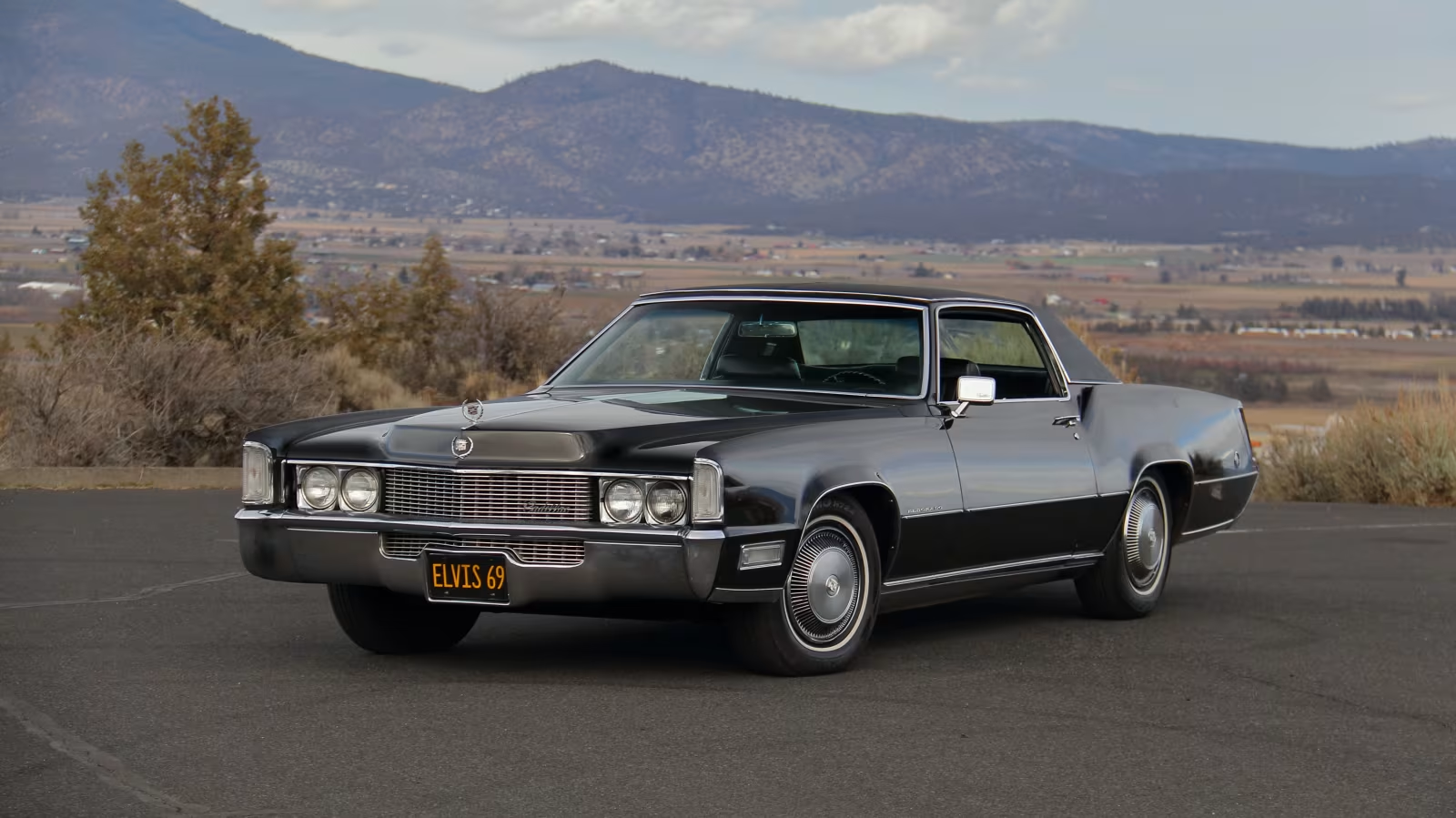
American luxury reached its zenith in the 1969 Cadillac Eldorado, which combined imposing dimensions with sophisticated engineering and lavish appointments. The front-wheel-drive system paired with a massive 472 cubic inch V8 engine producing 375 horsepower, creating effortless acceleration appropriate for a premium luxury coupe. Interior craftsmanship showcased the finest materials available, including genuine leather upholstery, real wood accents, and thick carpet that established a genuinely luxurious environment.
1969 Cadillac Eldorado (Interior)
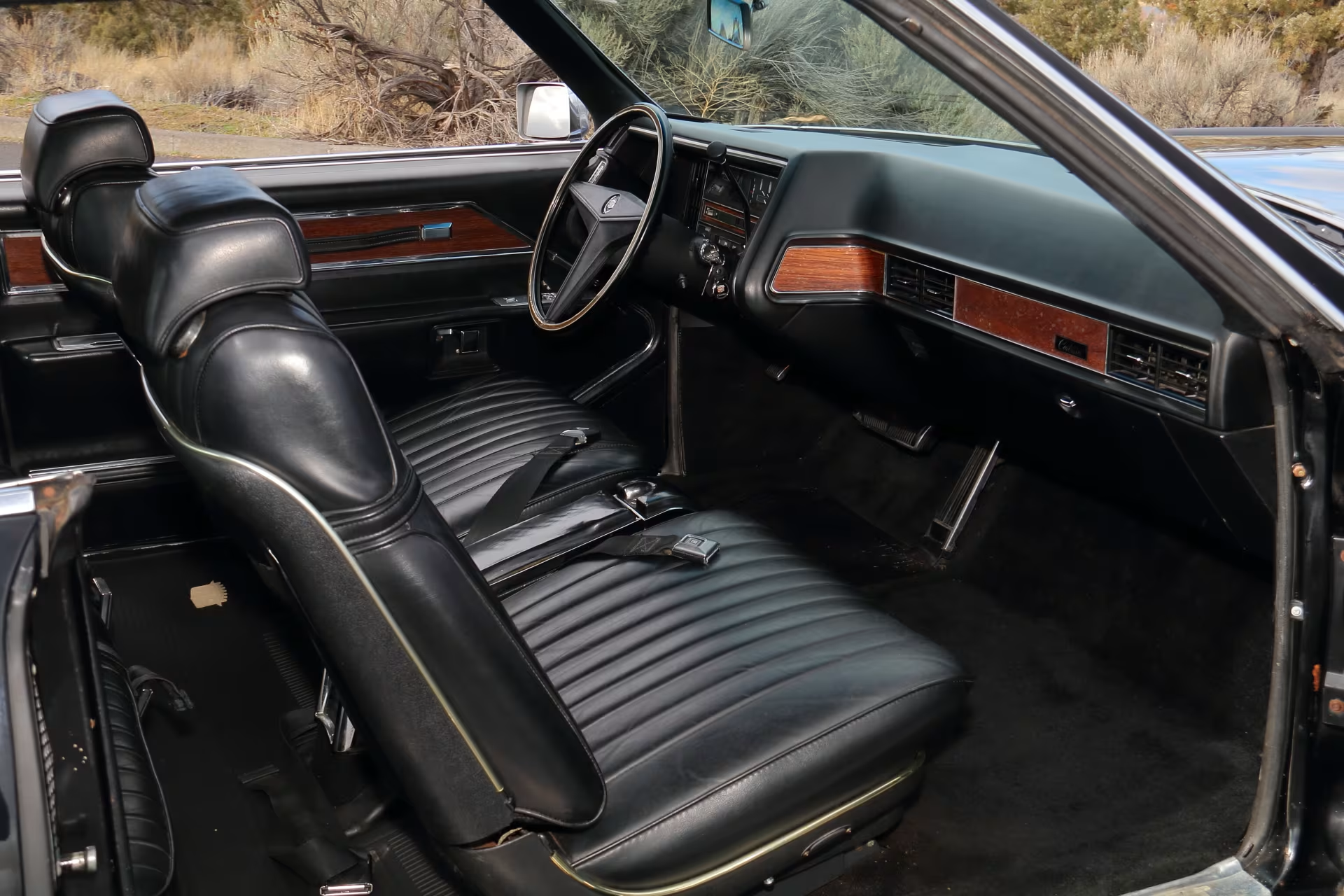
Advanced features included automatic climate control, power accessories, and a premium sound system that defined the state of automotive technology for the era. The $7,000 Eldorado didn’t just transport its owners—it validated them, announcing to the world that you had arrived financially and weren’t afraid of regular stops at the gas station to maintain your prestigious momentum.
1. 1963 Buick Riviera (Exterior)
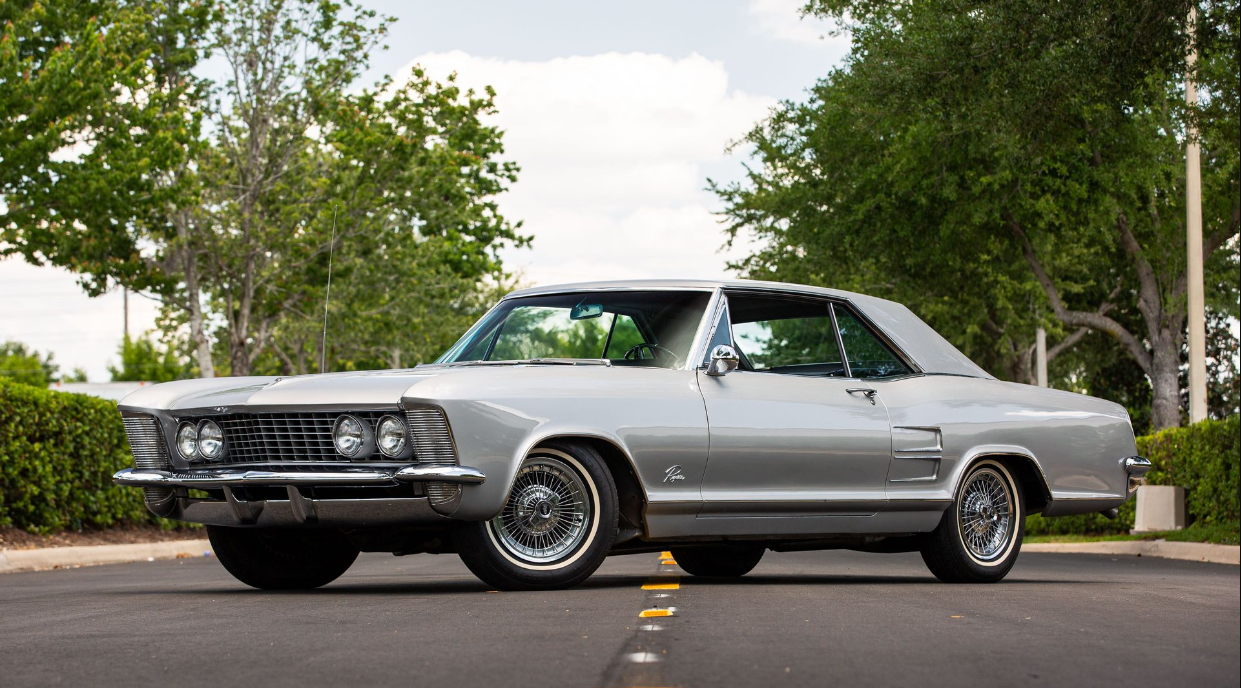
Design restraint characterized the 1963 Buick Riviera, which introduced a clean, European-influenced aesthetic that contrasted sharply with the chrome-laden excess common in American luxury cars of the period. Performance came from a powerful 401 cubic inch Nailhead V8 engine delivering 325 horsepower, providing impressive acceleration that complemented the car’s sophisticated styling. The driver-focused interior featured bucket seats, a center console, and aircraft-inspired instrumentation that created a sporting yet luxurious environment unlike typical Buicks of the era.
1963 Buick Riviera (Interior)

Handling characteristics benefited from a carefully tuned suspension that delivered more engaging dynamics than most American luxury cars without sacrificing ride comfort. While its $4,300 price tag was substantial, the Riviera accomplished something truly rare in automotive history—creating a design so timelessly elegant that you can park one next to modern luxury cars six decades later and still draw the more appreciative glances.

